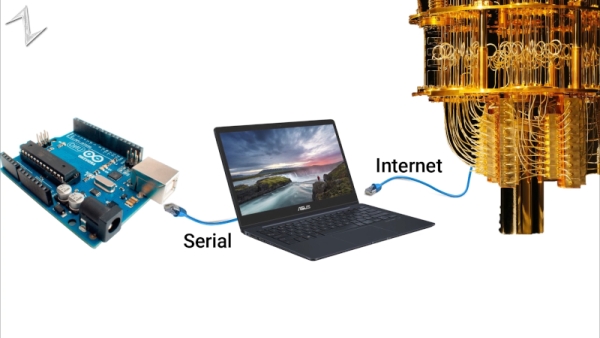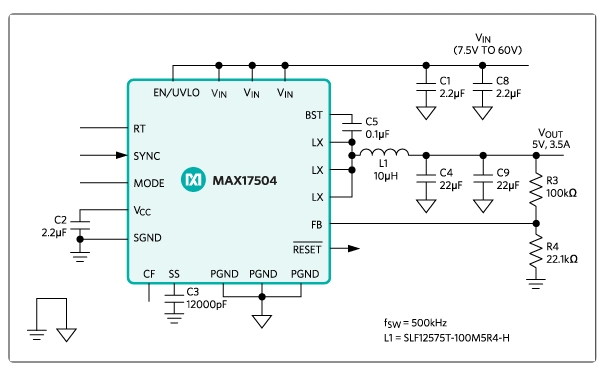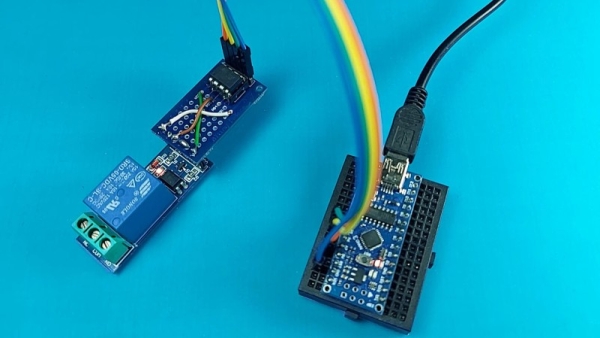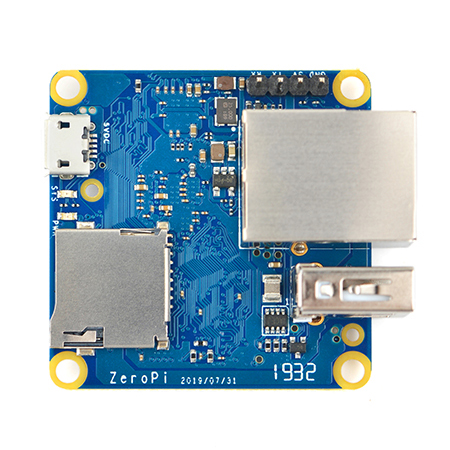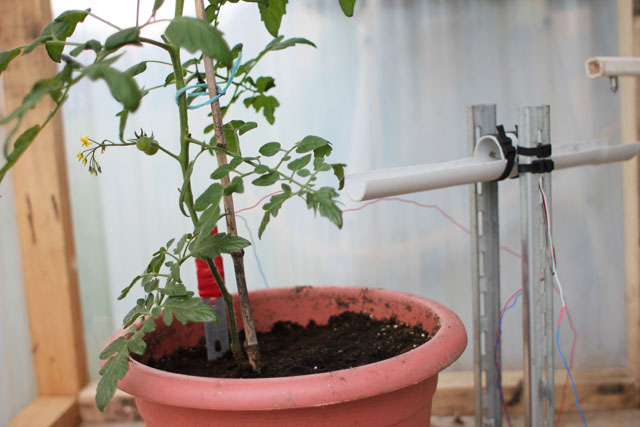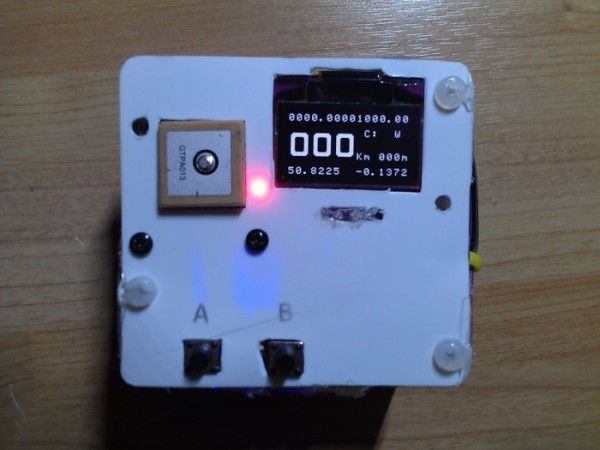ARDUINO MEETS QUANTUM COMPUTER
Quantum computers aren’t quite ready for the home lab, but since there are ways to connect to some over the Internet, you can experiment with them more easily than you might think. [Norbert] decided to interface a giant quantum computer to an ordinary Arduino. Why? Well, that isn’t necessarily clear, but then again, why not? He […]
ARDUINO MEETS QUANTUM COMPUTER Continue Reading

